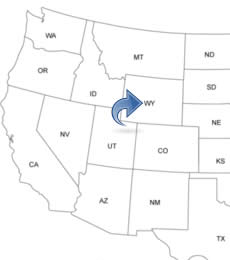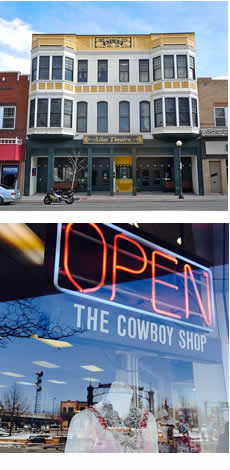WYOMING PEOPLE SEARCH!
- ✔ Contact Info
- ✔ Phone Numbers
- ✔ Criminal Records
- ✔ Income Info
- ✔ Neighbors
- ✔ People's Age
- ✔ Property Ownership
- ✔ And Much More
Cheyenne, Wyoming
Cheyenne is located in the south-eastern part and is the capital and the largest city in the U.S. State of Wyoming. The Magic City of the Plains. Cheyenne is a modern city with a small town feel to it, with railroads as a major economic force. The western spirit is still alive and the cowboy culture is big here and the city has a lot of outdoor adventures.
To See And To Do In Cheyenne
- Horseback Tour On The Outlaw Trail
- Cheyenne Botanic Gardens
- Cheyenne Frontier Days
- Terry Bison Ranch
- Old West Museum
- Wyoming State Museum
- Nelson Museum of the West
- Frontier Mall
- Rodeo
- Golfing
- State Capitol Building
- Union Pacific Railroad Depot
History Of Cheyenne - Timeline
Around 1750, the first Europeans in the area were French trappers who traded with the native Indians.
In 1865, the townsite was a campsite for the U.S. Army's Major General Grenville Dodge and his troops. In 1867, the Town of Cheyenne was founded by Major General Grenville Dodge. He was at the time the chief engineer of the Union Pacific Railroad. He established a terminal town and named it Cheyenne for the local tribe. A fort was built to protect the railroad workers. In 1869, a church was built and Cheyenne became the capital of the Territory of Wyoming.
In 1870, there were 1,450 people living in the town and cattle ranching made the city growth. In 1871, the first high school opened. In 1875, the Black Hills gold fields opened and merchants in Cheyenne supplied prospectors and miners with provisions and equipment. In 1876, the Black Hills stage line was launched.
Also in 1876, the fun fighter Wild Bill Hickok, married Agnes Thatcher Lake in Cheyenne. In 1880, the Cheyenne Club was built. It was a social club for cattle barons and wealthy stockmen. In 1883, the city had electric lights. In 1886, a library was established. In 1887, the first Cheyenne Frontier Day was celebrated. It is an outdoor rodeo and western celebration. In 1888, the State Capitol Building was completed. In 1890, the city became the state capital.
In 1900, more than 14,000 were living in the city. In 1903, Tom Horn, Jr. a lawman, scout, soldier, a hired gunman, and a detective, was questionably hanged for the murder of Willie Nickell. Willie Nickell was the 14-year-old son of a sheepherding rancher. In 1911, the Plains Hotel opened. In 1954, the first TV station opened. In 1985, 12 people were killed in a rainstorm.

